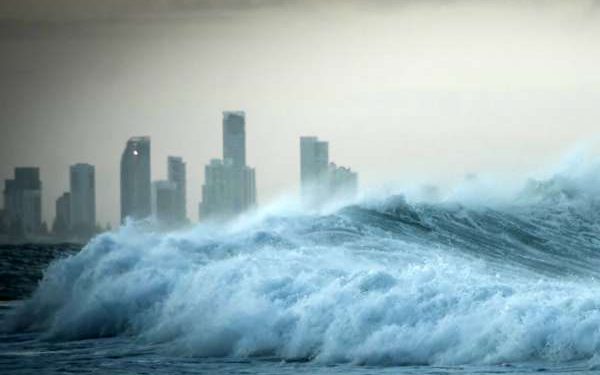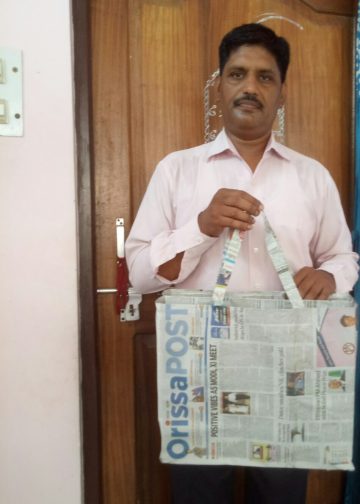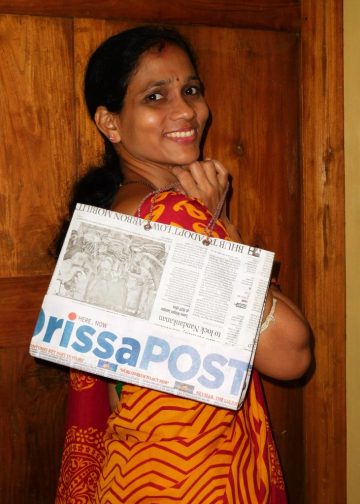New Delhi, May 6: India would now be able to foretell the distance a destructive sea wave would travel after it breaches the coast, a prediction that can greatly reduce loss of life and property.
The Indian National Centre for Ocean Information Services, under the Ministry of Earth Sciences, has developed a model to predict how far sea water would travel after violating natural boundaries, INCOIS Director SSC Shenoi said.
This would be a Level-3 alert under India’s Tsunami Early Warning System, put in place after the deadly 2004 tsunami. The Level-1 tracks the magnitude of a tsunami and Level-2 generates an alert about a potential tsunami and wave height.
December 26 in 2004, a magnitude 9.1 earthquake struck beneath the Indian Ocean near Indonesia, triggering one of the biggest tsunamis the world had ever seen. It claimed more than 2 lakh lives in South and Southeast Asian nations. During the tsunami, deadly waves of up to 30 metres lashed at the coast.
“But we were not able to tell how much it will inundate the coast. We developed a model on sea surge that helped in predicting the penetration of waves on the land. The same model will now be used for this purpose,” Shenoi said. This will also help in giving location-specific alerts.
Last month, INCOIS issued an alert after high energy waves arising from a cyclonic circulation in the Atlantic off the South African coast hit the Indian coast. A detailed study was done on the topography on the Indian coast, which is a part of the model, Shenoi said.
“A wave of three metres may not affect a part on the coast of any state but the wave has the potential to inundate low-lying areas of the same coast,” Shenoi added. The service is likely to become operational by year-end or early next year, he said.
During the 2004 tsunami, India provided alerts to Southeast and South Asian nations in as far as the South China Sea, where New Delhi has strategic and commercial interests. However, India would not be able to provide the new Level-3 alert about the extent of inundation to these nations.
“To provide this alert, the countries have to give the topography data of their coasts. We are trying to develop this system for these countries under Regional Integrated Multi-hazard Early Warning System (RIMES),” Shenoi said.
PTI






































